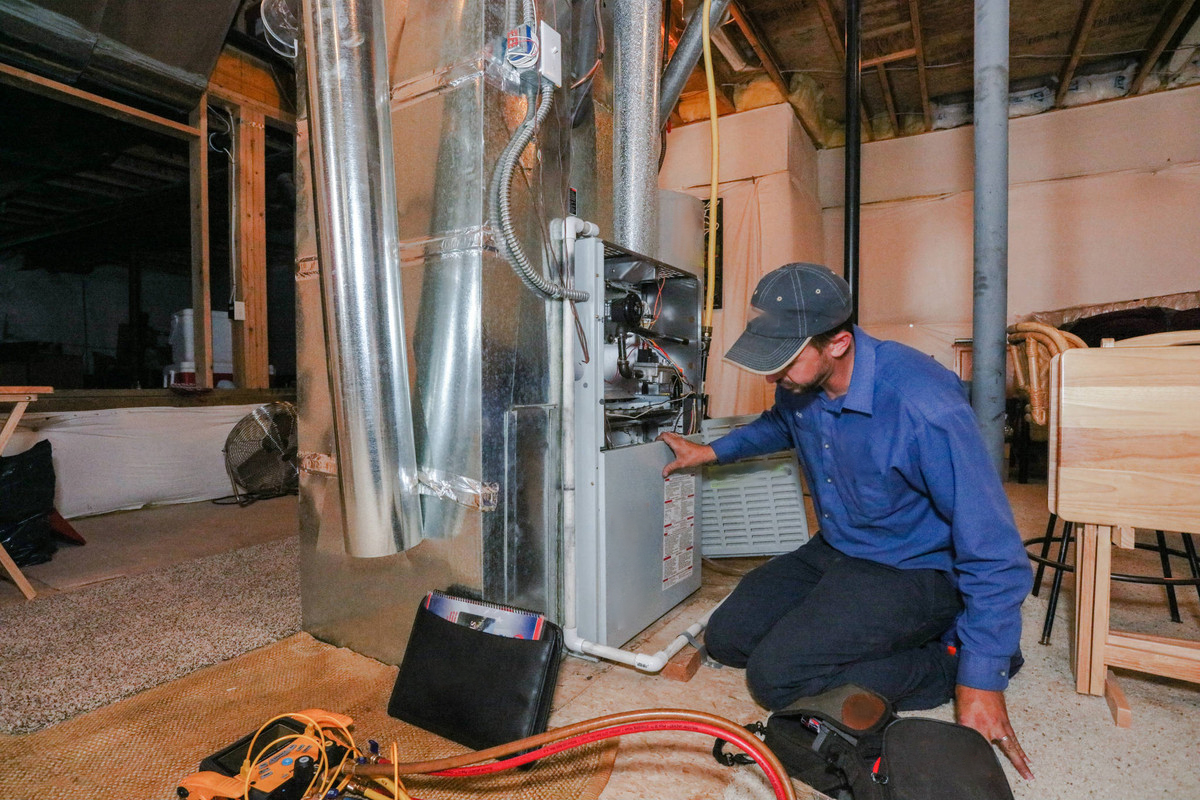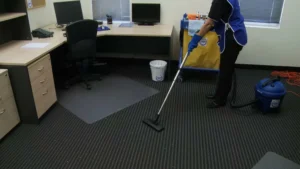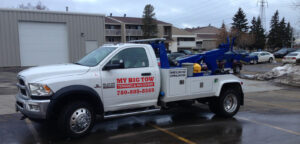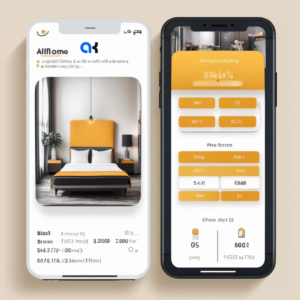Techniques for Bending Aluminium Flat Bars Safely
Aluminium flat bars are widely used in construction, automotive, and industrial applications due to their strength, lightweight composition, and corrosion resistance. Properly bending aluminium flat bars requires specific techniques to prevent breakage, cracks, or deformations. Learning the correct bending techniques can help maintain the structural integrity of aluminium flat bars while achieving the desired shapes.
Understanding Aluminium’s Properties
Before beginning the bending process, it’s important to understand that aluminium has a low melting point and can be more susceptible to cracking than steel. While it offers excellent malleability and ductility, improper handling can lead to fractures, especially in thinner sections.
- Malleability: Aluminium makes bending easier but requires the right methods to avoid damage.
- Brittleness at High Stress: Applying too much force too quickly can cause cracks, so steady pressure is recommended.
Choose the Right Alloy
Not all aluminium alloys are created equal when it comes to bending. 6061 and 6063 alloys, for instance, are commonly used for flat bars, but they differ in strength and flexibility. The 6063 alloy is usually preferred for bending applications due to its flexibility.
- 6063 Alloy: It’s softer and more flexible for bending than 6061.
- 6061 Alloy: Stronger but less flexible, often requiring heat treatment before bending.
Use Appropriate Equipment
Using the right equipment can make all the difference in safely bending aluminium flat bars. A bending brake is one of the most effective tools for achieving precise, uniform bends without damaging the material. Hydraulic press brakes are ideal for more complex shapes as they allow for greater control and pressure distribution.
- Bending Brake: Useful for smaller, precise bends.
- Hydraulic Press Brake: Suitable for larger or more intricate bends, providing uniform pressure.
Pre-Heat the Aluminium (If Necessary)
Pre-heating aluminium can improve its flexibility and smooth the bending process, especially for alloys like 6061. However, overheating can weaken the material, so it’s important to use controlled heating techniques. Preheat the aluminium bar to around 300°F (150°C) to make it more malleable without affecting its structural properties.
- Controlled Heating: Use a temperature gauge to avoid overheating.
- Consistent Temperature: Ensure the aluminium is evenly heated for uniform flexibility.
Consider the Bend Radius
When bending aluminium, the minimum bend radius must be considered to prevent cracks and fractures. The minimum bend radius varies depending on the alloy and thickness, but as a general rule, aluminium requires a larger bend radius than steel to avoid stress.
- Larger Bend Radius: Aluminium requires a more gentle bend to maintain its structural integrity.
- Avoid Tight Bends: Tight bends increase the risk of cracking or fracturing.
Apply Uniform Pressure
A common mistake when bending aluminium flat bars is applying pressure unevenly, which can cause one side to stretch more than the other, leading to deformations or cracking. Applying even, consistent pressure ensures the aluminium bends smoothly and maintains its shape.
- Steady Pressure: Use a slow and steady force to avoid overstressing any one part of the bar.
- Avoid Sharp Movements: Quick movements can create stress points, leading to fractures.
Utilize Rolling Techniques for Curves
Rolling techniques are effective for applications that require curved shapes rather than sharp bends. A rolling machine gently bends the aluminium over a series of rollers, gradually forming the bar into a curve without creating stress points.
- Gradual Curves: Rolling allows for smooth, continuous curves.
- Reduced Risk of Cracks: By avoiding sharp angles, rolling reduces the likelihood of fractures.
Perform Post-Bend Inspection
After bending, it is important to inspect the aluminium flat bar for any signs of cracks, deformations, or weakened areas. A visual inspection can help detect small fractures that might not be immediately visible but could compromise the material’s strength over time. Non-destructive testing methods such as dye penetrant inspection can reveal hidden cracks in critical applications.
- Visual Check: Inspect for visible cracks or irregularities.
- Non-Destructive Testing: Use testing techniques to ensure structural integrity.
Conclusion
Bending Aluminium flat bars safely requires understanding the metal’s unique properties, careful planning, and the right techniques. Using appropriate equipment, applying consistent pressure, and pre-heating as needed are all crucial steps in achieving smooth, accurate bends without compromising the strength of the aluminium. For high-quality aluminium flat bars and expert guidance on bending and shaping, Dhanlaxmi Steel Distributors provides reliable solutions tailored to meet industry demands.













Post Comment